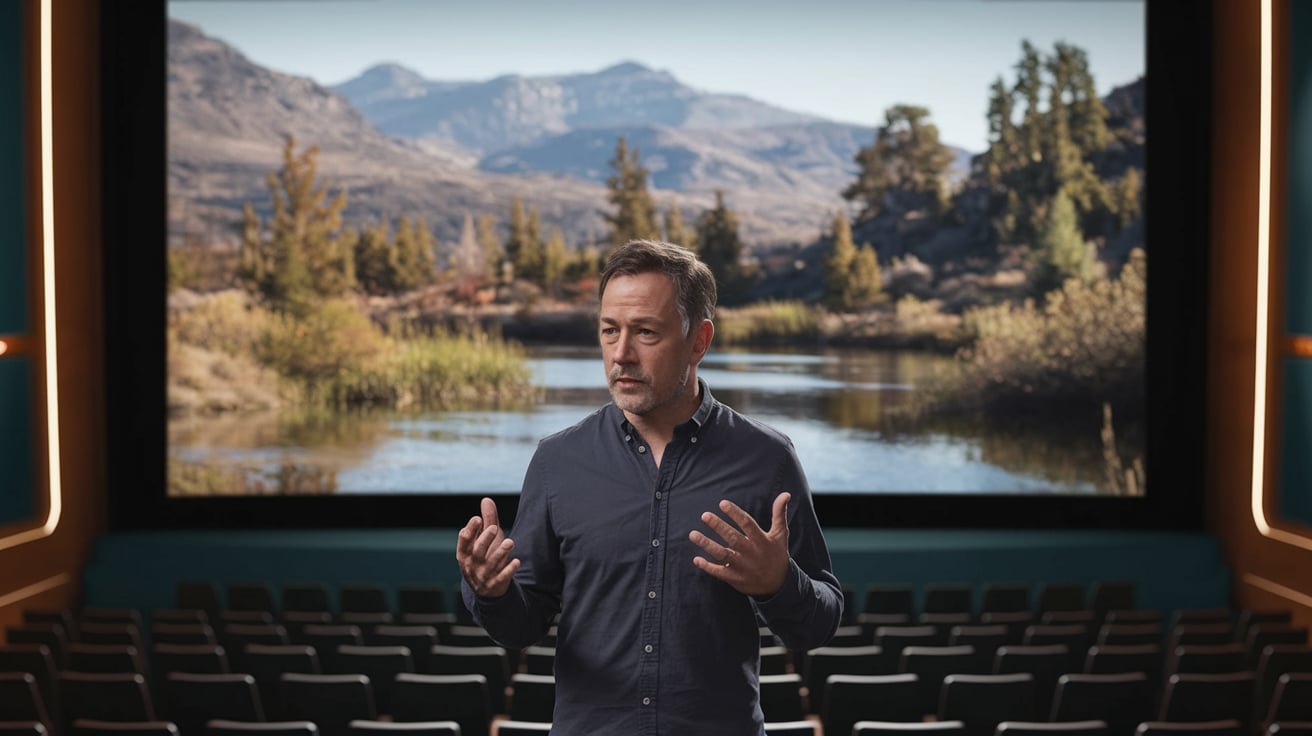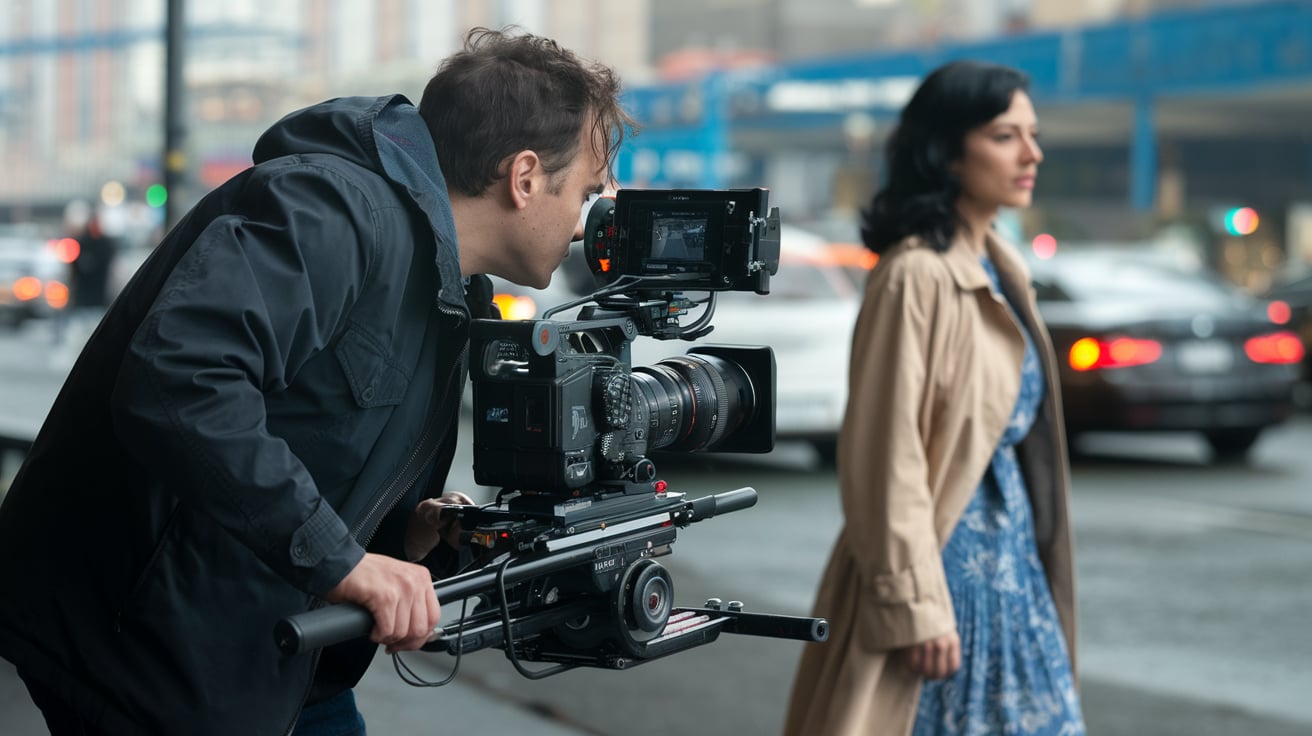In the world of theater, film, and television production, there are many different roles and responsibilities that contribute to the creation of a successful production. Two key roles in this process are the production manager and the costume designer.
While both play important parts in bringing a production to life, their roles and responsibilities differ significantly. In this article, we will explore the differences between a production manager and a costume designer, highlighting their unique contributions to the creative process.
10 Key Differences between a Production Manager and a Costume Designer:
- Role and Responsibilities:
- Production Manager: A production manager is responsible for overseeing the entire production process, from pre-production to post-production. They coordinate and manage all aspects of the production, including budgeting, scheduling, hiring crew members, and ensuring that the production runs smoothly.
- Costume Designer: A costume designer is responsible for designing and creating the costumes worn by the actors in a film, stage production, or television show. They work closely with the director, actors, and other creative personnel to bring the characters to life through their costumes. They consider factors such as character analysis, visual design, and the director’s vision.
- Collaboration:
- Production Manager: A production manager collaborates with various departments and personnel, including the director, producers, set designers, and technical crew. They ensure effective communication and coordination between all parties involved in the production.
- Costume Designer: A costume designer collaborates with the director, scenic designer, lighting designer, sound designer, and other creative personnel. They may also work with hair stylists, wig masters, and makeup artists to ensure a cohesive look for the characters.
- Timeline and Planning:
- Production Manager: A production manager is involved in the planning and scheduling of the entire production process. They create timelines, set deadlines, and ensure that all tasks are completed on time.
- Costume Designer: A costume designer works within the production timeline to create and finalize the costumes. They research, sketch, and source materials, and collaborate with the production team to ensure that the costumes are ready for rehearsals and filming.
- Budgeting:
- Production Manager: A production manager is responsible for creating and managing the production budget. They allocate funds to various departments, including costumes, sets, props, and equipment, and ensure that the production stays within budget.
- Costume Designer: A costume designer works within the allocated budget to create the costumes. They consider the cost of materials, labor, and any additional expenses related to the costumes.
- Team Management:
- Production Manager: A production manager hires and manages the production team, including crew members, technicians, and support staff. They ensure that everyone is working together effectively and efficiently.
- Costume Designer: A costume designer may have a team of costume assistants, seamstresses, and other personnel who help bring their designs to life. They oversee the costume production process and ensure that the costumes are made to their specifications.
- Creative Vision:
- Production Manager: While a production manager contributes to the overall creative vision of the production, their primary focus is on the logistical and operational aspects of the project.
- Costume Designer: A costume designer plays a crucial role in realizing the creative vision of the production. They use their artistic skills and knowledge of design principles to create costumes that enhance the characters and bring the story to life visually.
- Communication and Coordination:
- Production Manager: A production manager acts as a central point of communication and coordination between various departments and personnel involved in the production. They ensure that everyone is on the same page and that the production runs smoothly.
- Costume Designer: A costume designer communicates and collaborates with the director, actors, and other creative personnel to understand their vision and requirements. They coordinate with the production team to ensure that the costumes align with the overall production design.
- Technical Knowledge:
- Production Manager: A production manager needs to have a broad understanding of the technical aspects of production, including lighting, sound, set design, and equipment.
- Costume Designer: A costume designer requires technical knowledge of fabrics, sewing techniques, costume construction, and historical or period-specific costumes.
- Post-Production Involvement:
- Production Manager: A production manager oversees the post-production process, including editing, sound design, and distribution. They ensure that the final product meets the creative and technical standards set during pre-production.
- Costume Designer: A costume designer’s involvement typically ends with the completion of costume production. However, they may be consulted during post-production for continuity purposes or any additional costume-related needs.
- Overall Focus:
- Production Manager: A production manager focuses on the overall logistics, coordination, and successful execution of the production.
- Costume Designer: A costume designer focuses on the visual representation of the characters through their costumes, ensuring that they align with the director’s vision and enhance the storytelling.
These are just a few of the many differences between a production manager and a costume designer. While their roles may overlap in some areas, each brings a unique set of skills and expertise to the production process. By working together, they contribute to the successful realization of a creative vision on stage or screen.
What is the role of a production manager in the film industry?
The production manager is the backbone of a film production, overseeing the entire process from development to completion.
They are responsible for budgeting, scheduling, hiring crew, scouting locations, managing logistics, and ensuring that production stays on time and on budget. The production manager is the key problem-solver, troubleshooter, and leader who enables all the pieces to come together.
2. What are the main responsibilities of a production manager?
- Developing budgets and schedules
- Breaking down scripts and planning shot lists
- Hiring crew members and negotiating deals/contracts
- Managing all departments and facilitating communication
- Securing locations, permits, insurance, and clearances
- Overseeing logistics like travel, equipment rentals, and vendor relationships
- Monitoring spending and finances to avoid cost overruns
- Ensuring safety, legal, union, and guild compliance
- Troubleshooting issues and overcoming challenges
- Keeping productions on time, on budget, and on track creatively
3. How does a production manager contribute to the success of a film?
With their leadership, organization, budgeting, and problem-solving skills, production managers are integral to bringing complex film projects from concept to completion.
Their oversight of finances, staffing, and logistics enables directors and creative teams to focus on the film’s artistic vision. Smooth productions with few costly delays or overages are a testament to an excellent production manager.
4. What skills are required to be a successful production manager?
- Leadership and personnel management
- Budgeting and accounting
- Negotiation and networking
- Time management and scheduling
- Resourcefulness and problem-solving
- Highly organized with stellar attention to detail
- Ability to manage stress and balance competing priorities
- Knowledge of filming process, equipment, union rules, and legal compliance
- Strong communication and diplomacy skills
5. What is the crew hierarchy in the film industry, and where does a production manager fit in?
The production manager reports directly to the producer(s) and works closely with the director. In the crew hierarchy, the production manager oversees department heads like locations, camera, lighting, art, props, hair/makeup, wardrobe, and more. They facilitate collaboration between all groups.
6. What is the difference between a production manager and a line producer?
The line producer focuses on the day-to-day operations and management of a set or location shoot. The production manager oversees the entire project from start to finish. The line producer takes instruction from the production manager, who creates the master schedule and budget.
7. How does a production manager work with the director and other members of the film crew?
The production manager maintains constant communication with the director to execute their vision within budgetary and scheduling constraints. They collaborate closely with the creative team to problem-solve. The production manager empowers each department head with the resources they need while maintaining oversight of the collective goals and logistics.
8. What is the role of a production manager in pre-production?
In pre-production, the production manager creates budget and schedule documents, hires crew, finds shooting locations, secures permits, negotiates contracts, rents equipment, and performs other planning essentials so that when cameras roll, everything is ready.
9. What is the role of a production manager in production?
During production, the production manager acts as a leader on set, approving schedules and call sheets daily while overseeing shooting progress. They interface with department heads to troubleshoot issues, monitor spending, order necessities, and ensure safety and union compliance.
10. What is the role of a production manager in post-production?
In post-production, the production manager oversees delivery requirements for editors, collaborates on final budget reconciliation, and manages payments. They may also assist with marketing materials and distribution plans.
11. What is the importance of budget management for a production manager?
As overseer of the master budget, the production manager must excel at fiscal planning, spending oversight, forecasting, and preventing cost overages. Going over budget can endanger an entire project, so budget management skills are essential.
12. How does a production manager handle hiring and staffing for a film project?
The production manager is involved in hiring almost all crew members. They seek referrals, interview top candidates, negotiate rates/contracts, manage payroll and unions, terminate unfit personnel if needed, and ensure proper staffing levels throughout production.
13. What legal and contractual knowledge does a production manager need to have?
Production managers must understand guild and union regulations, employment and copyright law, rights and clearances issues, insurance requirements, and how to review, negotiate, and enforce contracts for everything from locations to cast and crew.
14. How does a production manager ensure smooth communication and coordination among different departments?
With organizational charts, phone/email lists, production management software, scheduled meetings, and their leadership presence on set, production managers connect all departments to foster collaboration and accountability.
15. What challenges and stressors are associated with the role of a production manager?
Production managers juggle countless complex responsibilities simultaneously while navigating unpredictable circumstances. The job’s long hours, high pressure, personnel conflicts, and the need to solve problems quickly under stress make it highly challenging.
16. What is the role of a costume designer in the film industry?
The costume designer is responsible for the overall look of the characters’ clothing to reflect the film’s theme, time period, locations, and context. Costume design is integral to storytelling and establishing the visual world of the film.
17. What are the main responsibilities of a costume designer?
- Collaborating with the director on their vision for costumes
- Conducting research on fashion for the time period or genre
- Designing, illustrating, and selecting all costumes for principal and background actors
- Overseeing costume production and fittings with actors
- Supervising costume department and budget
18. How does a costume designer contribute to the visual storytelling of a film?
A costume designer enhances storytelling by using color, style, and other costume elements to convey character backgrounds, personalities, relationships, and emotional states. Costumes establish setting, era, culture, and genre visuals.
19. What skills and expertise are required to be a successful costume designer?
- Knowledge of fashion history, styles, and textiles
- Drawing/illustration ability to conceptualize designs
- Research skills to study relevant time periods and genres
- Budgeting and organization to source and purchase costumes
- Communication skills to collaborate with various departments
- Creative vision paired with technical costume-making expertise
20. How does a costume designer collaborate with the director and other members of the film crew?
The costume designer works very closely with the director to execute their vision. They also collaborate with hair/makeup, production design, cinematography, and editing departments to achieve a cohesive visual style. Good communication is essential.
21. What is the process of costume design in pre-production?
In pre-production, the designer researches, sketches concepts, budgets costs, attends production meetings, finalizes illustrations, begins sourcing/fabricating costumes, and conducts fittings with actors, making sure designs align with other departments.
22. How does a costume designer select and source costumes for a film?
Costumes may be custom-made in-house, rented/purchased from vendors, re-used/revised from studio wardrobe, sourced from private collectors, or assembled from thrift/vintage stores. Many strategies are used to build costumes within budget constraints.
23. What considerations are made in terms of historical accuracy, character development, and visual aesthetics?
Costumes must suit the character and context. Designers carefully research historical silhouettes, styles, patterns, and textiles for accuracy. Costumes subtly convey personality and emotional arcs. Aesthetics are tailored to cinematography.
24. How does a costume designer work within the constraints of budget and time?
Through careful planning, sourcing affordable materials, reusing/repurposing existing costumes, prioritizing key storytelling pieces, avoiding waste, and managing resources efficiently, designers craft quality costumes despite limitations.
25. What is the role of a costume designer during production?
During production, the designer maintains costumes, conducts fittings, coordinates quick changes, provides repairs/replacements, and ensures continuity across scenes. They oversee daily costume needs on set.
26. How does a costume designer ensure continuity and consistency in costumes throughout filming?
The designer or their team takes notes and photos detailing every costume spec to ensure identical looks across scenes. They conduct maintenance and manage quick changes so costumes remain consistent despite not filming chronologically.
27. What is the role of a costume designer in post-production?
After filming wraps, the designer oversees costume returns, archives important pieces, documents designs for their portfolio, conducts final budget reconciliation, and may contribute to promotional materials.
28. How does a costume designer contribute to promotional materials and marketing of a film?
The designer may be involved in selecting iconic costume images for posters, merchandise, or awards campaigns. They help convey the film’s era, mood, and style through strategic promotional costume reveals.
29. What challenges and creative decisions are involved in costume design for different genres and time periods?
Costume designers must tailor their research, materials, silhouettes, and styles to suit the unique needs of different genres from sci-fi to period drama. They make thoughtful creative choices to flesh out distinct visual worlds.
30. How does the collaboration between a production manager and a costume designer contribute to the overall success of a film?
By working together to allocate sufficient costume budget and resources, plan timelines, coordinate logistics, and problem-solve costume issues, the production manager helps the designer excel, enhancing the movie’s cohesive vision.
Conclusion:In conclusion, the roles of a production manager and a costume designer are crucial in the world of theater, film, and television production. While both roles contribute to the success of a production, they have distinct differences in their responsibilities, collaboration, timeline, budgeting, team management, creative vision, technical knowledge, and overall focus.

Understanding these differences is essential for anyone working in the film industry, as it helps to ensure effective communication and coordination between all parties involved in the production. By working together, a production manager and a costume designer can bring a creative vision to life on stage or screen, and create a memorable experience for audiences. Consider reading >>>> Examples of Successful Films Produced by a Production Manager to learn more.

I am a highly experienced film and media person who has a great deal to offer to like-minded individuals. Currently working on several exciting projects, I am a film and media practitioner for over a decade. I have achieved a great deal of success in my professional career.








